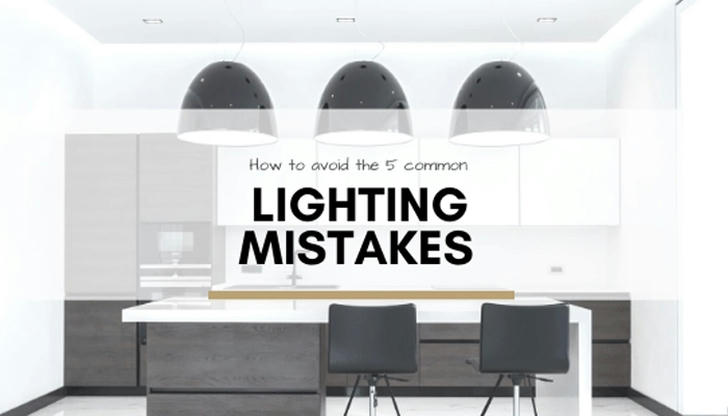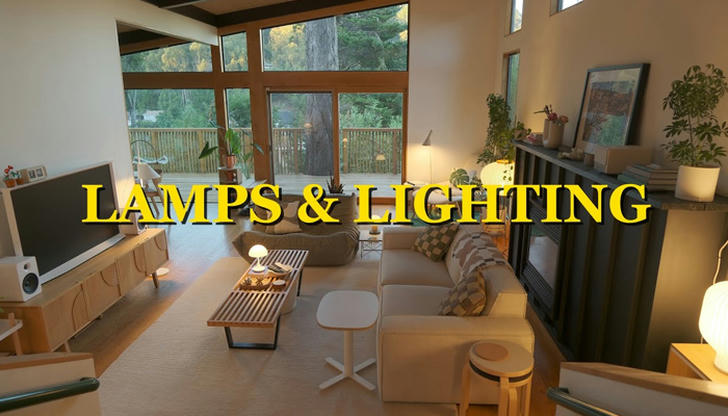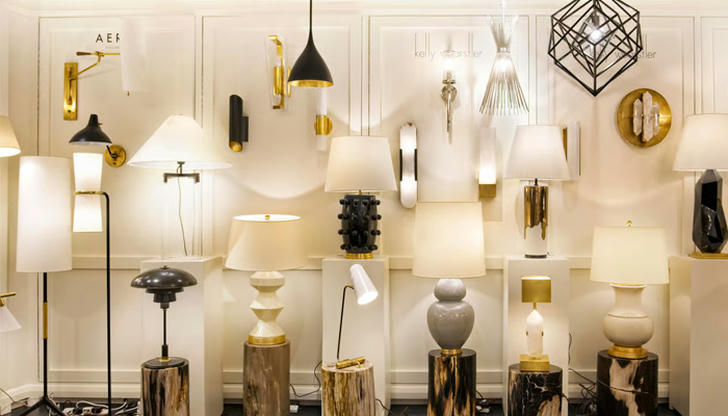The Science of Lighting: Enhancing Your Home's Ambiance and Functionality
Lighting is one of the most underrated yet powerful elements in home design. Beyond mere visibility, it shapes our perception, influences mood, enhances productivity, and even affects our health. The right lighting can make a small room feel spacious, a dull corner vibrant, and an ordinary room extraordinary.

In this article, we explore the science behind effective lighting, helping you use it not just for illumination but for maximum aesthetic and functional impact.
1. Why Lighting Matters
Lighting Is Psychological
Humans are naturally sensitive to light levels and color. Bright, cool lighting stimulates alertness, while warm, dim lighting encourages relaxation. That’s why office spaces and bedrooms use vastly different lighting schemes.
Lighting Is Functional
Proper lighting makes daily tasks easier and safer. Whether you're reading, cooking, or applying makeup, the right level and direction of light is crucial.
Lighting Is Aesthetic
Lighting highlights architectural features, creates focal points, and sets the tone for a space. It's the tool designers use to sculpt the atmosphere.
2. The Three Layers of Home Lighting
Great lighting design consists of three key layers. Understanding and balancing these layers is essential.
A. Ambient Lighting (General Lighting)
This is the base layer—the main source of light in a room. It replaces natural daylight when absent and ensures overall visibility.
- Examples: Ceiling fixtures, chandeliers, recessed lights
- Goal: Illuminate the entire room evenly
B. Task Lighting
This lighting is more focused and functional. It's directed at specific areas where activities take place, such as reading, cooking, or working.
- Examples: Desk lamps, under-cabinet kitchen lights, vanity lights
- Goal: Reduce eye strain and increase visibility for tasks
C. Accent Lighting
Accent lights add drama and depth by highlighting design elements or art. They also create shadows and contrasts that bring character to a room.
- Examples: Wall sconces, track lighting, uplights, LED strips
- Goal: Emphasize focal points and improve visual interest
Pro Tip: Use all three layers in every room. The combination creates a rich, dynamic lighting experience.
3. Understanding Color Temperature
Measured in Kelvins (K), color temperature describes how “warm” or “cool” a light appears.
| Temperature (K) | Appearance | Best For |
|---|---|---|
| 2700K–3000K | Warm White | Bedrooms, living rooms, dining |
| 3500K–4100K | Neutral White | Kitchens, offices, bathrooms |
| 5000K–6500K | Cool/Daylight | Garages, basements, workspaces |
Warm lights have a cozy, amber tone, while cool lights mimic daylight and promote alertness.
Science Insight: Blue-rich light (cool light) suppresses melatonin, helping you stay awake. Warm light does the opposite—ideal for winding down.
4. Light Bulb Types: What to Choose
Not all bulbs are created equal. Each type offers different efficiencies, lifespans, and light quality.
A. Incandescent (Phasing Out)
- Pros: Warm glow, good color rendering
- Cons: Inefficient, short lifespan, being phased out in many regions
B. CFL (Compact Fluorescent Lamps)
- Pros: More efficient than incandescent, decent lifespan
- Cons: Contains mercury, slow warm-up time
C. LED (Light Emitting Diode)
- Pros: Extremely energy-efficient, long lifespan, wide range of styles
- Cons: Higher upfront cost, but worth it long-term
D. Halogen
- Pros: Brighter and more efficient than incandescent
- Cons: Hot to the touch, shorter lifespan than LED
Tip: LEDs are the best all-around choice today. They come in dimmable, smart, color-changing, and tunable white versions.
5. Room-by-Room Lighting Guide
Living Room
- Ambient: Ceiling lights, chandeliers, or recessed lights
- Task: Floor or table lamps for reading areas
- Accent: Wall sconces or directional lights on artwork
Use dimmers to adjust lighting based on time of day or activity.
Kitchen
- Ambient: Bright overhead lighting
- Task: Under-cabinet lighting for food prep
- Accent: Pendant lights over islands
Prioritize function. Neutral or cool white light helps with visibility while cooking.
Bedroom
- Ambient: Flush mount ceiling lights or a central pendant
- Task: Bedside lamps or sconces for reading
- Accent: LED strip lights behind headboard or along floorboards
Stick to warm lights for a calming effect. Avoid bright, cool bulbs in the evening.
Bathroom
- Ambient: Ceiling-mounted fixtures or recessed lighting
- Task: Vanity lighting on both sides of the mirror (not just above)
- Accent: Wall lights, colored LEDs for spa vibes
Use water-resistant and GFCI-rated fixtures in wet areas.
Home Office
- Ambient: Recessed or ceiling-mounted lights
- Task: Adjustable desk lamps with neutral to cool light
- Accent: Wall art lights or bookshelf lighting
Ensure lighting doesn’t cast shadows on your workspace.
6. Smart Lighting Technology
Today’s lighting can do more than just turn on and off.
Smart Features:
- App Control: Change brightness or color from your phone
- Voice Control: Use Alexa, Google Assistant, or Siri
- Scheduling: Automate lighting based on your routine
- Motion Sensors: Automatic lighting for hallways or bathrooms
Smart Bulbs vs. Smart Switches
- Smart Bulbs: Easy to install, individual control, but rely on consistent power
- Smart Switches: Replace wall switches, control all bulbs in a circuit
Combine both for flexibility. Use switches for main lights, smart bulbs for accents.
7. Energy Efficiency and Environmental Impact
Why It Matters:
Lighting accounts for around 15% of an average household’s electricity usage. Choosing efficient solutions can save money and reduce carbon emissions.
Tips:
- Replace old bulbs with ENERGY STAR®-certified LEDs
- Install occupancy sensors in less-used rooms
- Use solar-powered outdoor lights
- Unplug or use smart plugs to prevent phantom loads
An ENERGY STAR LED uses up to 90% less energy and lasts 25 times longer than traditional incandescent bulbs.
8. Common Mistakes to Avoid
- Over-lighting: Too many bright lights can create glare and eye strain.
- Under-lighting: Dim, poorly placed lights make rooms feel dull and unsafe.
- Wrong color temperature: Using harsh white lights in bedrooms or warm lights in offices
- No dimmers: Dimming gives you more control over ambiance and energy use
- Single light source: Always layer lighting for balanced illumination

9. Lighting and Health
Circadian Rhythms
Exposure to different light types affects your circadian rhythm—the internal clock regulating sleep and wake cycles.
- Morning: Cool light helps you wake up
- Evening: Warm, dim light signals it’s time to wind down
Blue Light Concerns
LED screens and some lighting emit blue light, which can interfere with melatonin production. Reduce exposure at night, especially in bedrooms.
Full-Spectrum Lighting
Mimics natural sunlight. Beneficial for:
- People with seasonal affective disorder (SAD)
- Artists or designers who need accurate color rendering
- General mood enhancement
10. Final Tips for Perfect Home Lighting
- Layer your lights for depth and dimension
- Use dimmers whenever possible
- Position lights to minimize shadows and glare
- Combine aesthetics and function in your choices
- Adapt lighting to your habits and daily routines
Remember, lighting isn’t just a design choice—it’s a lifestyle tool that enhances how you feel and function at home.
“Good lighting is like music—you don’t notice it when it’s perfect, but you feel its absence when it’s not.”

Conclusion
Whether you're redesigning your living room, setting up a home office, or simply changing a few bulbs, understanding the science of lighting can dramatically enhance your home’s ambiance and functionality. With thoughtful layering, color temperature choices, and energy-smart solutions, you can create a space that not only looks great but also supports your lifestyle and well-being.
